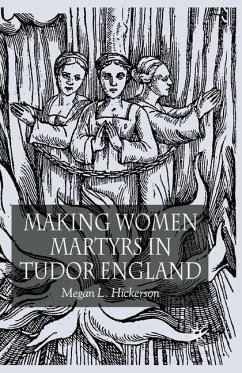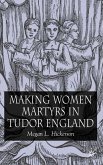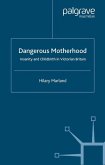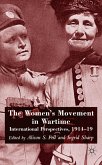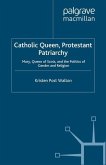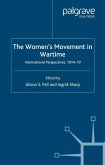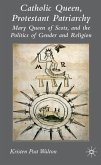Making Women Martyrs in Tudor England examines the portrayal of Protestant women martyrs in Tudor martyrology, focusing mainly on John Foxe's Book of Martyrs . Foxe's women martyrs often defy not just ecclesiastically and politically powerful men; they often defy their husbands by chastising them, disobeying them, and even leaving them altogether. While by marrying his female martyrs to Christ Foxe mitigates their subversion of patriarchy, under his pen his heroic women challenge the foundations of social and political order, offering an accessible model for resistance to antichristian rule.
'This fascinating volume is an important contribution to religious history in mid-Tudor England as well as to the history of women and gender in that time and place...this will be an important resource for scholars and students...' - Caroline Litzenberger, Sixteenth Century Journal
'A valuable contribution to the recent literature on martyrology. The book's strength is the author's painstaking study of how Foxe manipulated his sources, of how his text changed over successive editions in his own lifetime, and of how those responsible for producing the subsequent abridgements reversed the allegedly 'subversive qualities of some of Foxe's heroines'...Hickerson's stimulating book may be read with profit.' - David J. Crankshaw, English Historical Review
'A valuable contribution to the recent literature on martyrology. The book's strength is the author's painstaking study of how Foxe manipulated his sources, of how his text changed over successive editions in his own lifetime, and of how those responsible for producing the subsequent abridgements reversed the allegedly 'subversive qualities of some of Foxe's heroines'...Hickerson's stimulating book may be read with profit.' - David J. Crankshaw, English Historical Review

